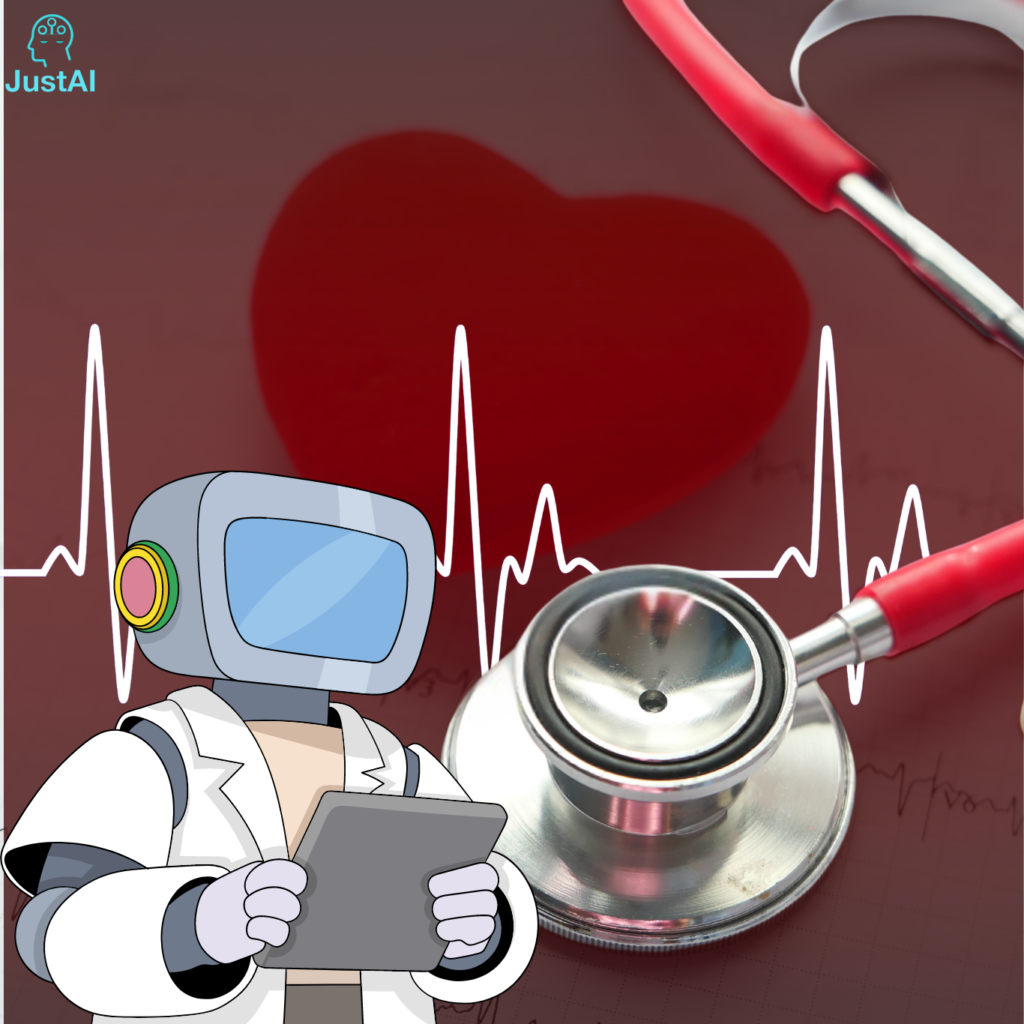Key Highlights:
- AI in Heart Attack Prediction and Diagnosis: AI is transforming cardiac healthcare by analyzing coronary angiograms with high precision, identifying subtle abnormalities that may go unnoticed by the human eye. This allows for earlier interventions, potentially preventing heart attacks.
- AI’s Role in Treatment Decisions: AI is improving decision-making in complex cardiac cases, such as choosing between stents and bypass surgery, especially for patients with multivessel disease and diabetes, by providing better insights into long-term outcomes.
- Advances in Imaging and Diagnostics: AI is enhancing the accuracy of advanced cardiac imaging technologies like CT, MRI, and intracoronary imaging, helping to detect silent heart disease and improving predictions of cardiac outcomes, where traditional methods fall short.
According to an NCRB report, heart attack deaths in people under 30 have increased by 40 percent between 2018 and 2022, rising from 2,371 to 3,329. For those over 30, the increase was from 23,392 to 29,081.
In the world of cardiology, many questions about cholesterol, statins (medication protecting people from cardiovascular diseases), and the choice between stents or bypass surgery have long sparked debate. However, Artificial Intelligence (AI) is beginning to change the conversation. By examining vast amounts of data, AI is offering new perceptions of heart health, transforming diagnostics, treatment decisions, and even preventive care. From predicting heart attacks to identifying hard-to-detect issues, AI is reshaping how we understand and treat heart disease.
AI in Heart Attack Prediction
One of the most exciting uses of AI is in predicting heart attacks. AI can evaluate coronary angiograms—the images of arteries used to detect blockages—and identify which plaques are likely to rupture and cause a heart attack. As Dr. Pothineni Ramesh Babu, Chief Interventional Cardiologist at Aster Ramesh Hospitals, explained, “AI can now identify subtle abnormalities that the human eye might miss, making it an invaluable tool in preventing future cardiac events.” This ability to spot hidden risks could save lives by enabling doctors to intervene early, well before a heart attack occurs.
The Stent vs. Bypass Debate
AI is also contributing to the ongoing debate over stents and bypass surgery. For people with multivessel disease (MVD), especially those with diabetes, bypass surgery has been shown to offer better long-term survival rates. Stents, while crucial during heart attacks, remain controversial in elective procedures. AI-driven analysis is helping doctors make more informed choices by providing clearer pictures of a patient’s condition and predicting the best course of action. AI, combined with evolving clinical guidelines, is tilting the balance toward surgery for many patients with complex heart conditions.
The Hidden Threat of Silent Heart Disease
Silent heart disease is another area where AI is making a big impact. Many patients, particularly in India, may have severe blockages without experiencing any symptoms. Traditional tests like electrocardiograms (ECG) or treadmill stress tests often fail to detect these hidden threats. “Even a patient with a 99 percent blockage may remain asymptomatic until it’s too late,” said Dr. Ramesh Babu. This is where AI-powered advanced imaging comes in. By improving the accuracy of cardiac CT scans, MRIs, and other imaging technologies, AI helps doctors find serious conditions that might otherwise go unnoticed.
Smarter Diagnostics Through Machine Learning
The complex nature of heart disease, with its many confounding variables, makes accurate diagnosis challenging. AI, particularly machine learning and deep learning, is helping to sort through this complexity. These AI technologies are improving the ability to predict outcomes, particularly in patients with established heart disease. Advanced cardiac imaging technologies like intracoronary imaging are becoming more accurate thanks to AI, but there are still areas, like microvasculature and genetics, that remain poorly understood and present ongoing challenges.
The Cholesterol and Statin Controversy
AI is also shedding light on the long-standing cholesterol debate. While it’s well known that LDL cholesterol contributes to coronary artery disease, not all LDL particles are equally dangerous. Smaller, denser LDL particles are more harmful than larger, more buoyant ones. However, this distinction is often misunderstood by both patients and healthcare providers. As Dr. Ramesh Babu pointed out, “Statins do far more good than harm when prescribed properly, especially when started early in life.” Despite their proven benefits, fear of rare side effects continues to hold people back from accepting statins. AI is helping to address this issue by refining the understanding of how cholesterol behaves in the body and how treatments like statins can be used more effectively.
Looking to the Future
AI is still a growing field in cardiology, with many promising developments on the horizon. From better understanding genetic factors to uncovering the mysteries of how small blood vessels (microvasculature) function, AI is opening doors to new knowledge. As AI continues to evolve, its ability to improve diagnostics, refine treatments, and ultimately save lives will only grow stronger.
The application of AI in cardiology is helping doctors make more accurate diagnoses, plan better treatments, and prevent heart attacks before they happen. Whether it’s examining imaging more precisely or predicting which patients are at the greatest risk, AI is a powerful tool that is revolutionizing heart healthcare. As Dr. Ramesh Babu highlighted, AI “makes it an invaluable tool in preventing future cardiac events.” With each advancement, AI is helping doctors get closer to a future where heart disease can be better managed and, ultimately, prevented.
References:

